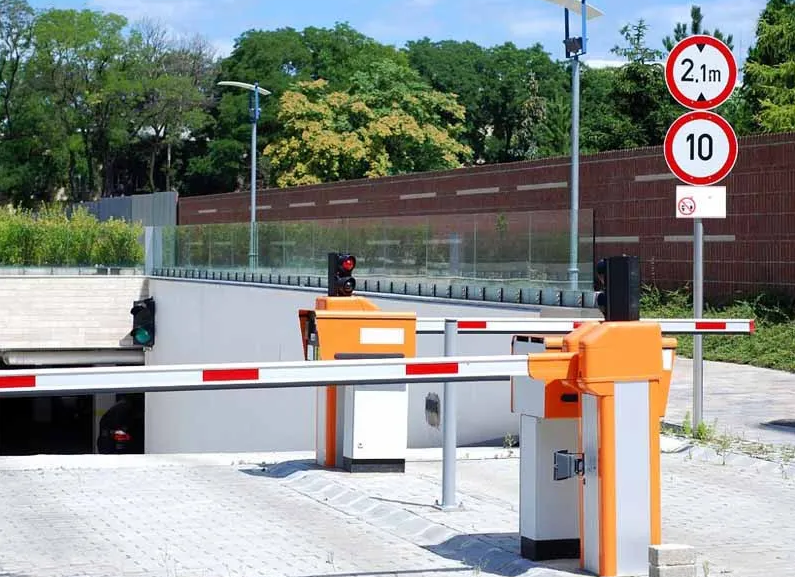
In the realm of intelligent transportation systems, traffic loop detector play a crucial yet often unnoticed role. These devices, embedded in roadways, are essential for managing and optimizing traffic flow in urban areas, helping to reduce congestion, improve safety, and enhance overall travel efficiency.
What Is a Traffic Loop Detector?
A traffic loop detector, also known as an inductive loop detector, is a sensor used to detect the presence or passage of vehicles at specific points on a road. Typically, these detectors are installed beneath the pavement at intersections, on highway ramps, or along main roads. They function based on electromagnetic principles, offering a reliable and cost-effective method of vehicle detection.
How It Works
At the core of a loop detector system is a wire loop embedded in the road surface, usually shaped in a rectangle or square. This loop is connected to a control unit and operates as part of an electrical circuit.
Here’s a step-by-step explanation of how it works:
-
Electromagnetic Field Generation: An electric current is passed through the loop, creating an electromagnetic field.
-
Vehicle Detection: When a vehicle passes over or stops on the loop, the metal in the vehicle disturbs this magnetic field.
-
Signal Processing: The change in inductance is detected by the control unit, which interprets it as the presence of a vehicle.
-
Traffic Control Response: This information is then sent to a traffic signal controller or data collection system, triggering the appropriate response (e.g., changing traffic lights or recording vehicle counts).
Types of Loop Detectors
There are generally two types of inductive loop detectors:
-
Presence Detectors: These detect when a vehicle is stopped over the loop, such as at a red light.
-
Pulse Detectors: These detect when a vehicle passes over the loop, generating a single pulse for each vehicle.
Applications
Traffic loop detectors are widely used for various traffic management tasks, including:
-
Traffic Signal Control: Adjusting light cycles based on real-time traffic conditions.
-
Vehicle Counting and Classification: Collecting data on traffic volumes and types of vehicles.
-
Speed Measurement: Estimating vehicle speeds when multiple loops are placed a set distance apart.
-
Incident Detection: Identifying abnormal traffic patterns that could indicate accidents or road blockages.
Advantages
-
Accuracy: High reliability in detecting metal vehicles.
-
Cost-Effective: Economical to install and maintain compared to other sensor technologies.
-
Durability: Can last for many years with minimal maintenance.
-
Real-Time Data: Provides immediate feedback for dynamic traffic management.
Challenges and Limitations
Despite their benefits, traffic loop detectors come with certain limitations:
-
Installation Disruption: Requires cutting into the road surface, which can disrupt traffic during installation or maintenance.
-
Sensitivity to Environmental Conditions: Can be affected by moisture, temperature changes, and road wear.
-
Limited Coverage: Only detects vehicles directly above the loop, which may not capture all traffic dynamics.
Future Trends
With the rise of smart city technologies and connected vehicles, loop detectors are increasingly being integrated with advanced systems like adaptive traffic signals, AI-based traffic prediction models, and vehicle-to-infrastructure (V2I) communication networks. While newer technologies such as video and radar-based sensors are gaining traction, loop detectors remain a cornerstone of modern traffic systems due to their simplicity and proven performance.
Conclusion
Traffic loop detectors may not be visible to everyday drivers, but their impact on traffic management is profound. By providing accurate, real-time data on vehicle movement, they help create safer, more efficient roadways. As cities grow and transportation demands increase, the continued evolution and integration of these systems will be vital to the future of urban mobility.